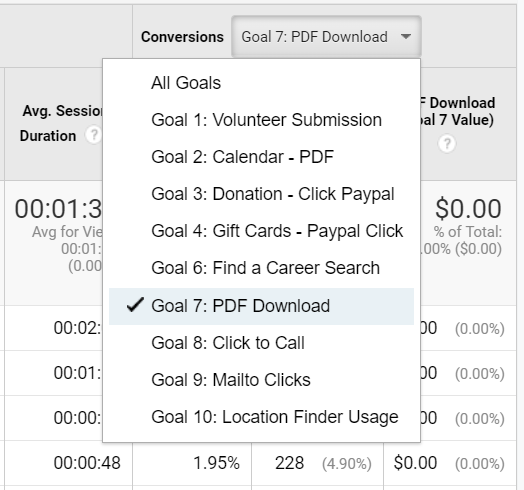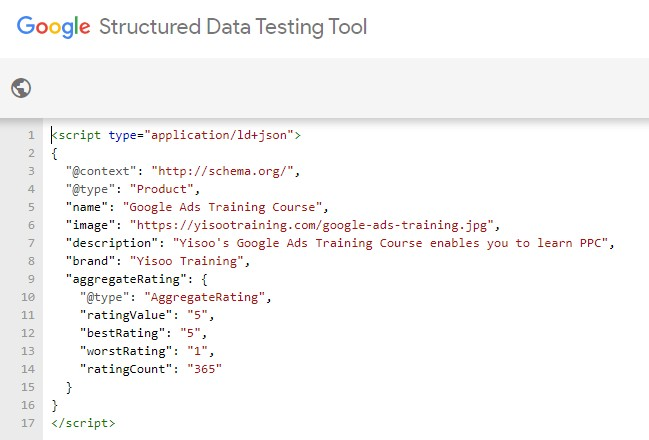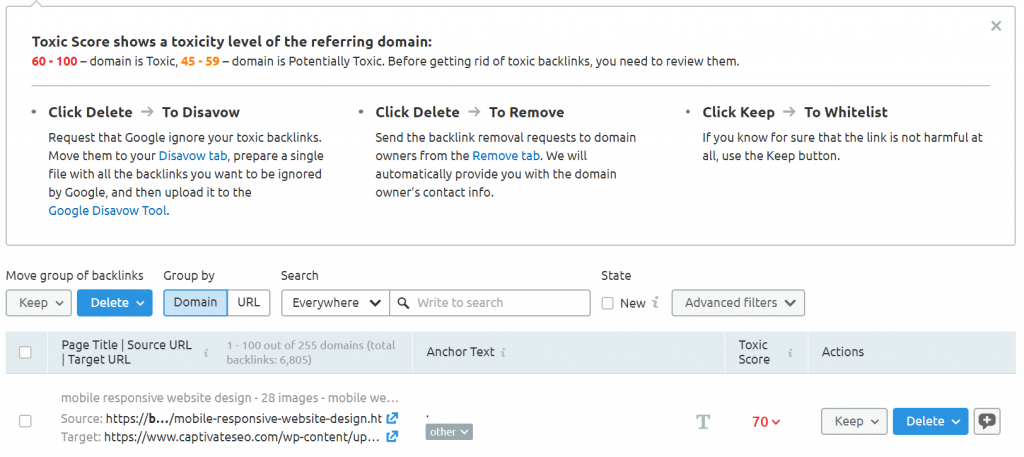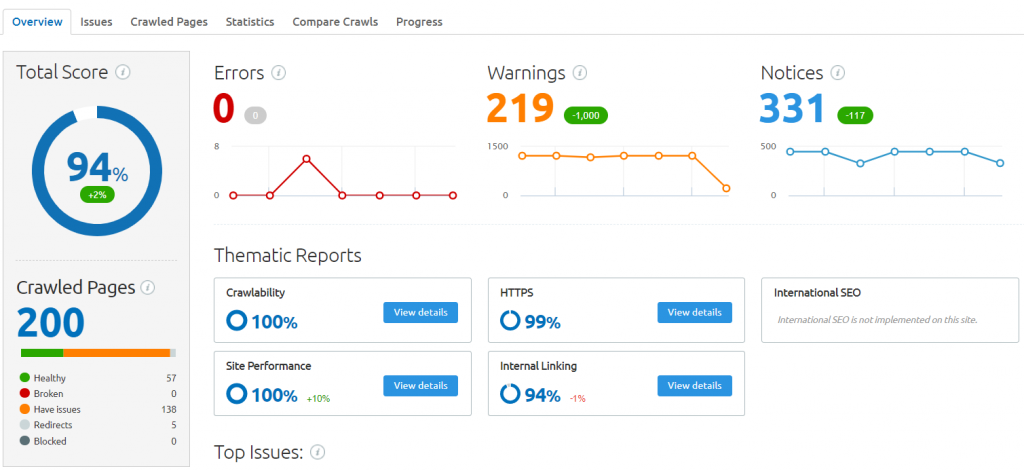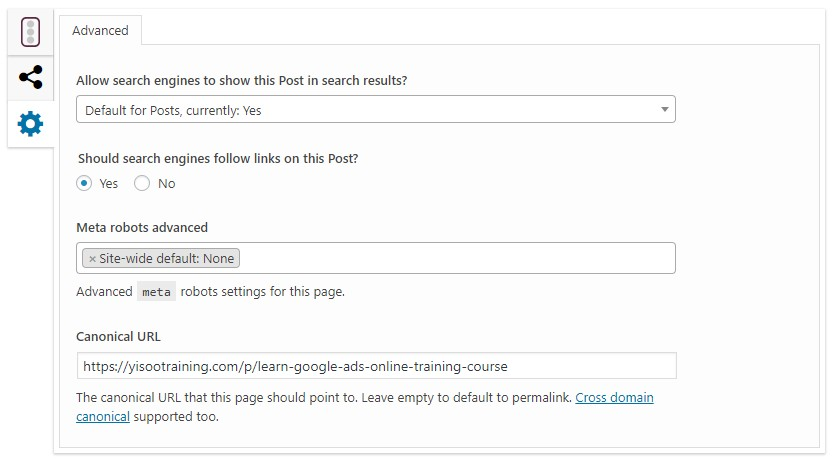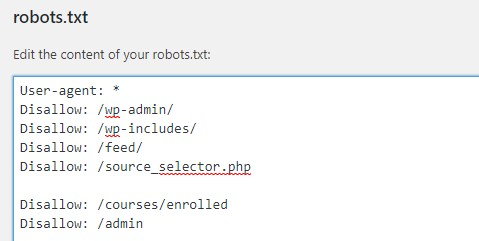
Technology has helped businesses in endless ways. But one of the most important benefits it offers to companies is the ability to monitor and measure success, and sequentially, plan for the future.
In the past, reporting on important metrics was a rather tricky and time-consuming task that required lots of work and careful calculations. Thanks to modern business technology and advances like AI and machine learning, it is now easier than ever to gather these data points and gauge progress.
However, this rapid advancement has led to a whole new set of problems. Although technology has made it easier to collect data, it has left us with an overwhelming amount of information, making it quite difficult to pinpoint what exactly is relevant.
Of course, the only way to determine success in any business matter is by first setting goals.
- What is most important to your business?
- Do you only care about the bottom line and increasing conversions?
- What are the components needed to make this happen – such as generating more leads and website traffic or cutting internal costs by boosting productivity?
No matter what your ultimate business goals are, the key to strategizing properly is understanding where you currently stand and how to make improvements. This can only be done with precise metric measurements and reporting.
Here are four tools that can help your company measure these important metrics easily and accurately.
1. Traffic analytics for audience identification
The only way that any marketing/promotional strategy will ever be successful is by connecting with a relevant audience. If you have no idea who you are trying to reach or have an inaccurate description of your target customers, then there is no way your methods will reach their fullest potential.
Your website is one of the best resources for audience identification and segmentation, and it can also help when it comes to determining the strategy ROI for various groups. While Google Analytics can provide general information on your website traffic’s demographics, it is better to use an analytical program that can go even deeper and provide details on your audience’s behaviors and preferences.
Finteza is a great option here because its in-depth traffic analytics software gets down to the nitty-gritty details of audience segmentation. Each link is tracked and the traffic is analyzed and categorized into understandable reports. Marketers can also use this program to track marketing links to see which audience segments are responding best to various content.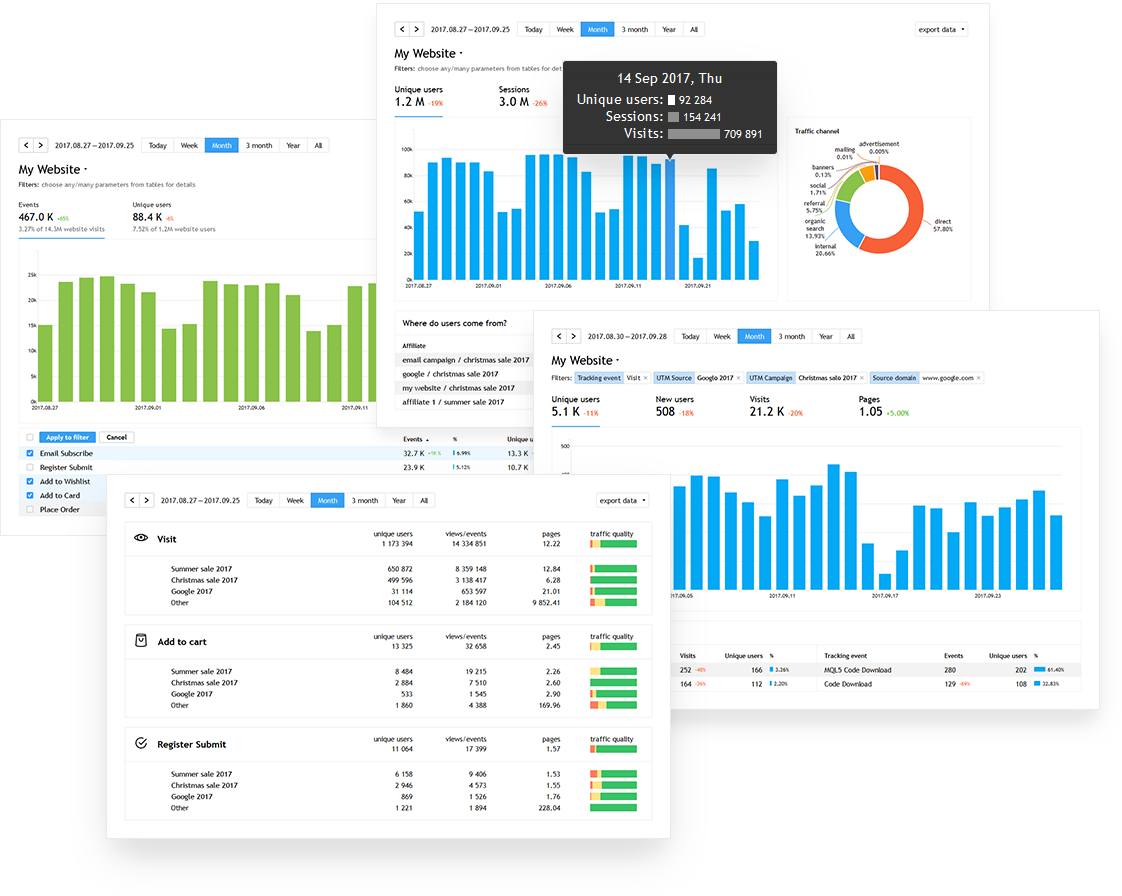 Source: Finteza
Source: Finteza
By understanding these types of behavioral metrics, marketers will have a much more stable foundation to build their strategies upon and base their targeting methods.
2. Site performance for digital monitoring
Tracking and reporting marketing campaign returns is often viewed as a tedious task, as there are many different factors that come into play.
Most marketers dread this process because it can be super time-consuming and meticulous. Furthermore, if the results are not as great as expected, it can be quite a disappointment. 55% of marketing teams agreed that determining campaign ROI was their top challenge.
Tools like Raven can be extremely helpful for measuring the performance of digital campaigns, specifically when it comes to SEO and PPC.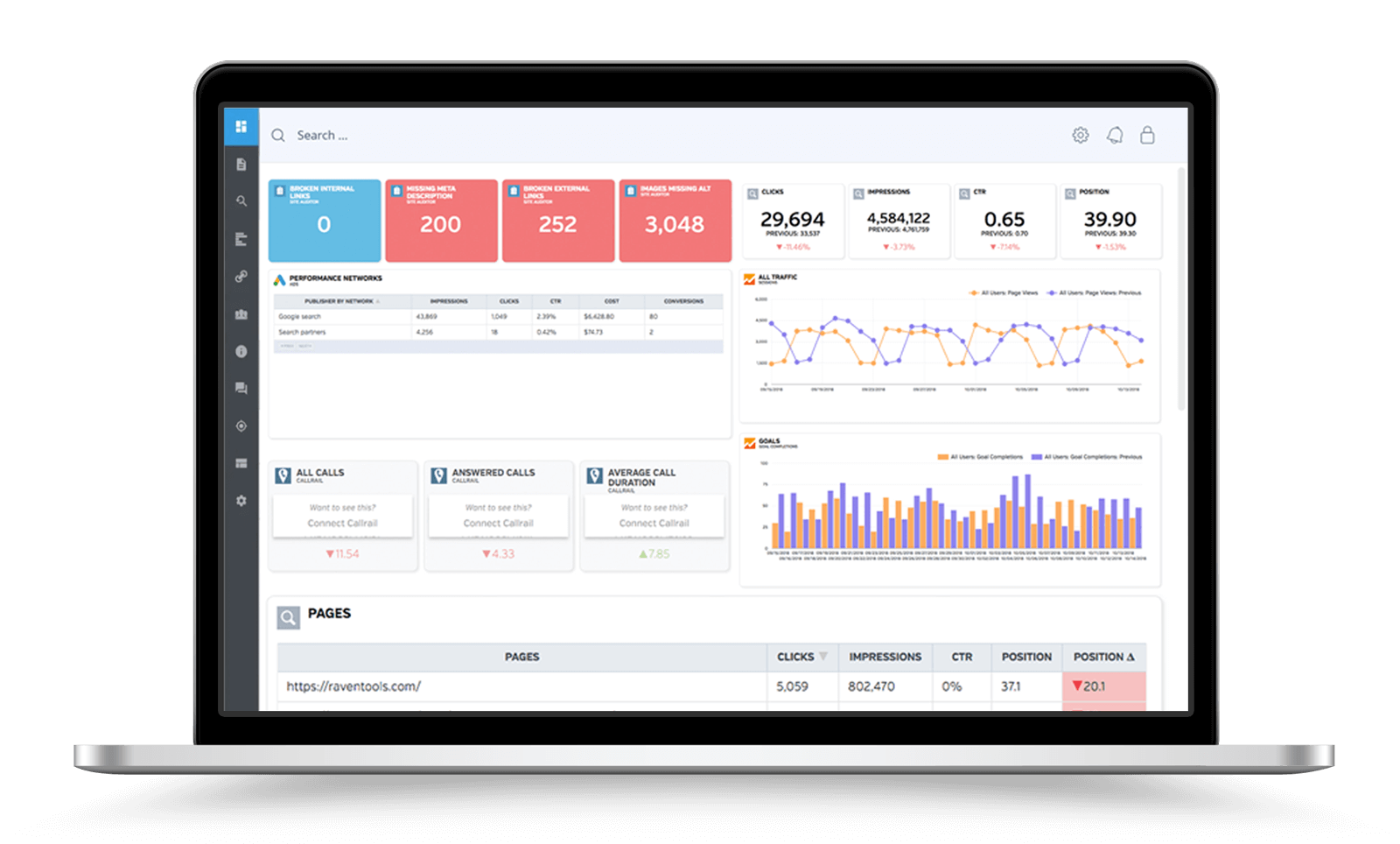
Source: Raven
This platform analyzes your entire website’s collection of links to track their performance and keeps the platform free from errors. It also correlates to how external link building campaigns have improved your own website’s performance in terms of backlinks, domain authority, and other KPIs.
3. Event marketing tracking for instant results
If you think tracking digital marketing metrics is tricky, what about measuring the results of real-life marketing events?
If you host webinars or attend business conferences and meetups, it can be quite difficult to track the exact results of these efforts. However, it is important to know whether these strategies are truly paying off.
You need a tool that is keeping track in real-time to see how well your efforts are going during live events or digital live streams. For example, Splash is designed to be integrated with multiple event tools and provides real-time custom data dashboards to measure ROI, evaluate progress, and assess performance.
![]()
Source: Splash
It even offers a check-in app so that you can capture attendee data, update profiles, and sync all of this information as it happens. All of this data is analyzed during and after the event, so leaders can watch the metrics change and grow.
4. Performance management for employee engagement
When you think of the key indicators of business success, you might lean towards metrics that measure external factors – like conversion rates. However, internal metrics can be quite reflective of the success of the company, too.
For example, employee engagement and productivity will have an influence on the business’s growth trajectory. If your team’s levels are slipping, the quality of their work will likely go down. This can quickly slow down sales cycles and affect customer service, and therefore, hurt the bottom line.
Tools like Trakstar can be used to streamline performance reviews and track objective feedback. This can help leaders understand which areas need improvement and support in real-time.
This program is also designed to improve productivity by offering peer-to-peer communication tools. Managers can also use the platform to remind team members of deadlines, set goals and objectives, and even recognize progress to keep engagement and morale high.
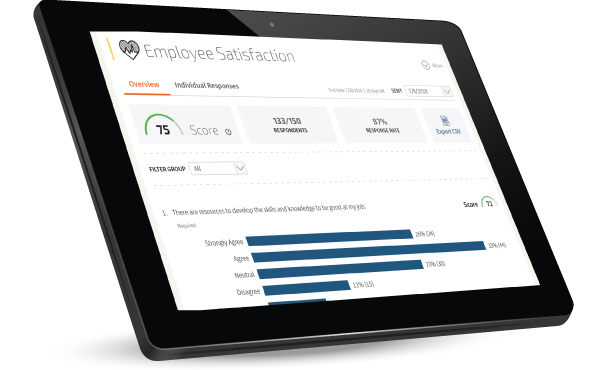
Source: Trakstar
Knowing metrics related to employee satisfaction and engagement is extremely important for effective management (and retention).
Conclusion
Thanks to emerging technology and digital tools, gathering the exact data to gauge growth and success is easier than ever before. This information can be extremely powerful and can help you maintain the trajectory for continuous growth.
Manish Dudharejia is the President and Founder of E2M Solutions Inc.
Whitepapers
Related reading
There are five key elements behind a strong sales funnel. Focus on raising awareness of your business. More tips included optimizing sales funnels.
With Google releasing more information about updates, you should see it as a good practice to highlight this information in your Google Analytics account.
The powerful driving source of any business is its competition. Three competitive research tools that provide highly actionable insights.














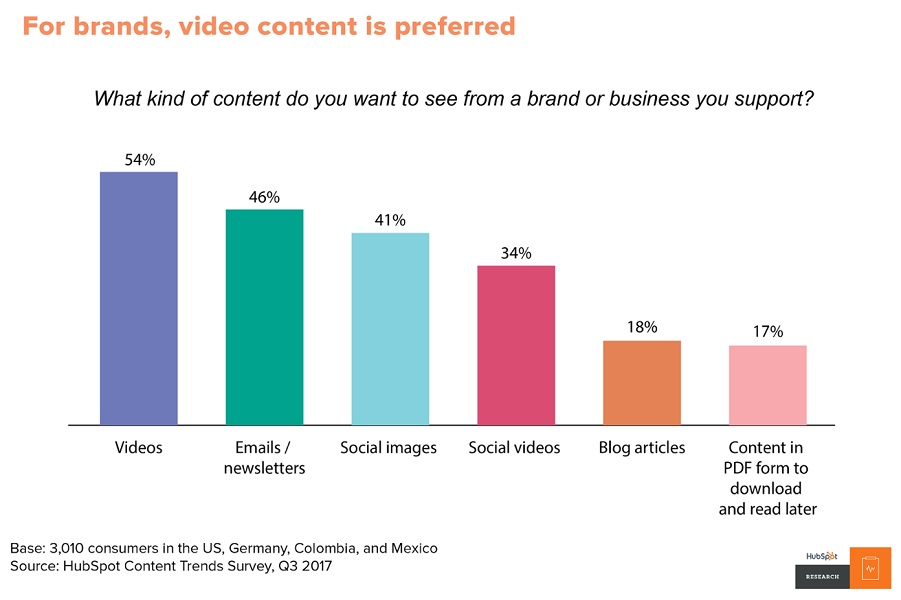
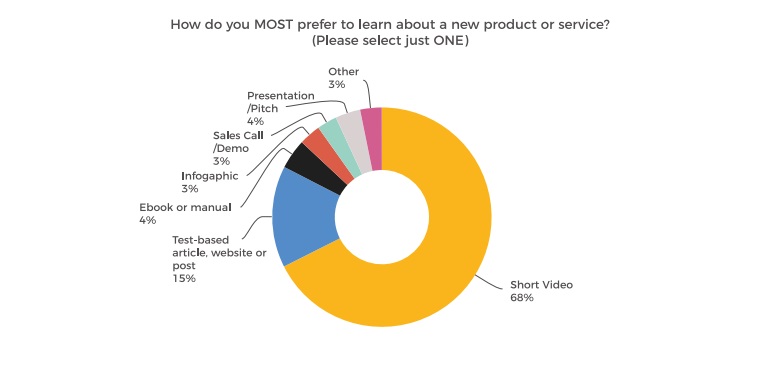











 From here, you’ll be able to test your sites robots.txt file by adding the code from your file to the box and then clicking on the “test” button.
From here, you’ll be able to test your sites robots.txt file by adding the code from your file to the box and then clicking on the “test” button.









